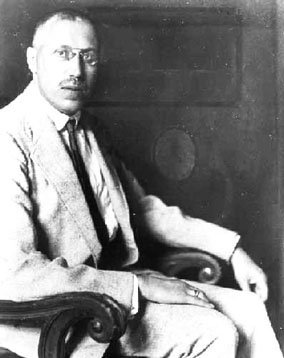Hans Hahn (nonfiction)
Hans Hahn (German: [haːn]; 27 September 1879 – 24 July 1934) was an Austrian mathematician who made contributions to functional analysis, topology, set theory, the calculus of variations, real analysis, and order theory.
In 1902 he took his Ph.D. in Vienna, on the subject "Zur Theorie der zweiten Variation einfacher Integrale". He was a student of Gustav von Escherich.
Hahn's contributions to mathematics include the Hahn–Banach theorem and (independently of Banach and Steinhaus) the uniform boundedness principle. Other theorems include:
- the Hahn decomposition theorem;
- the Hahn embedding theorem;
- the Hahn–Kolmogorov theorem;
- the Hahn–Mazurkiewicz theorem;
- the Vitali–Hahn–Saks theorem.
He was also interested in philosophy, and was part of a discussion group concerning Ernst Mach's positivism with Otto Neurath and Phillip Frank prior to the First World War. In 1922, he helped arrange Moritz Schlick's entry into the group, which led to the founding of the Vienna Circle, the group that was at the center of logical positivist thought in the 1920s.
His most famous student was Kurt Gödel, whose Ph.D. thesis was completed in 1929.
In the News
Fiction cross-reference
Nonfiction cross-reference
- Gustav von Escherich (nonfiction)
- Kurt Gödel (nonfiction) - doctoral advisee
- Ernst Mach (nonfiction)
- Mathematician (nonfiction)
- Mathematics (nonfiction)
External links:
- Hans Hahn @ Wikipedia
